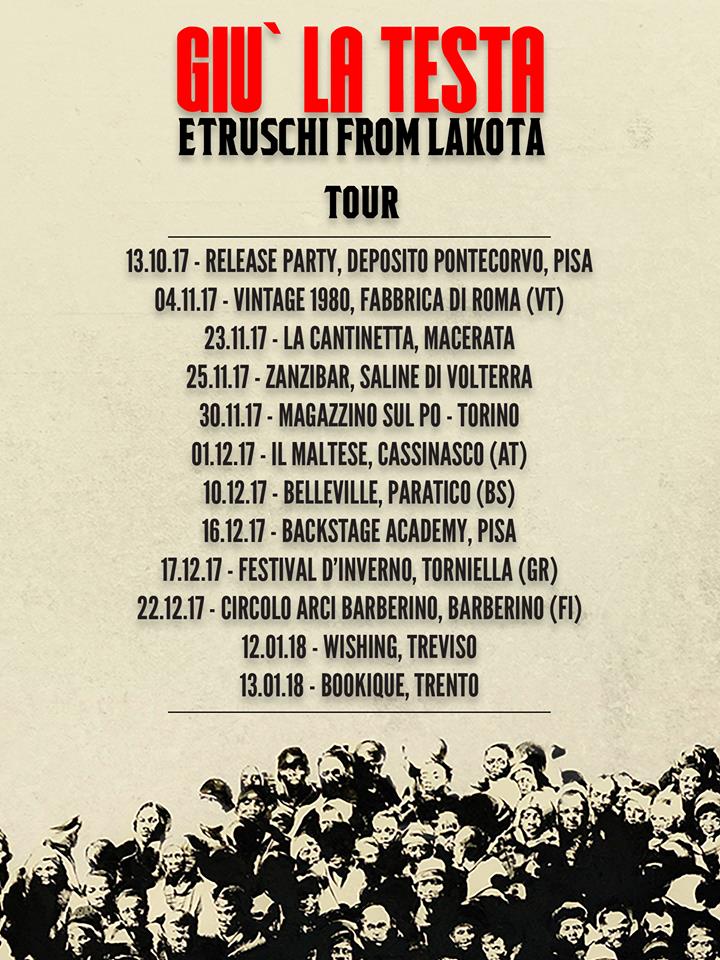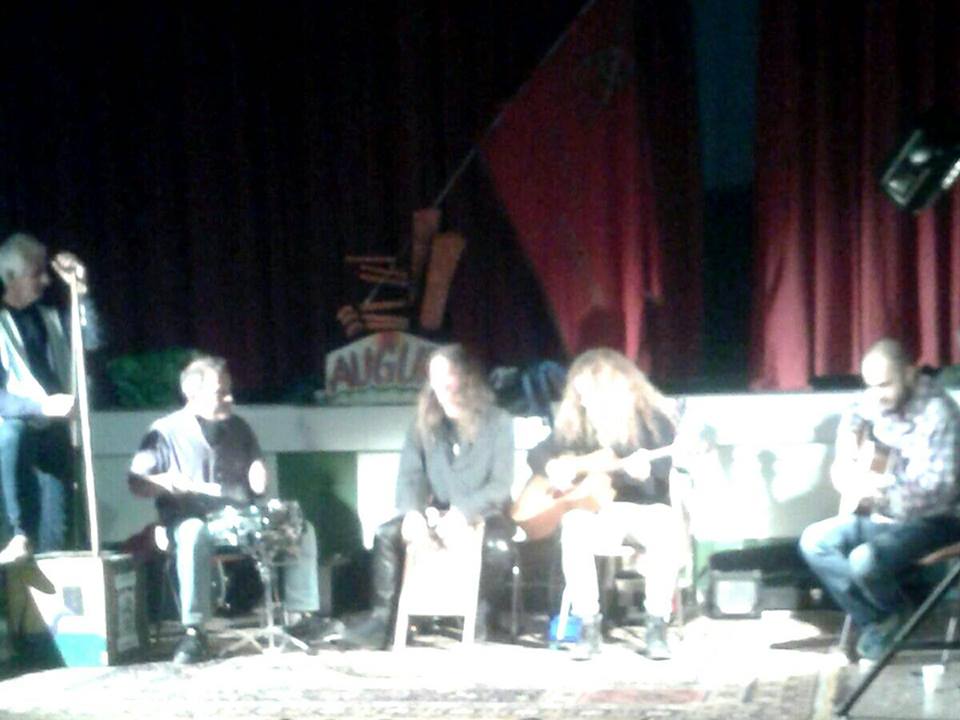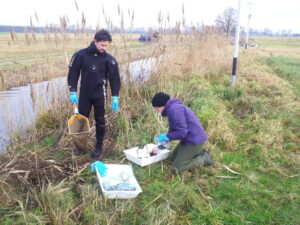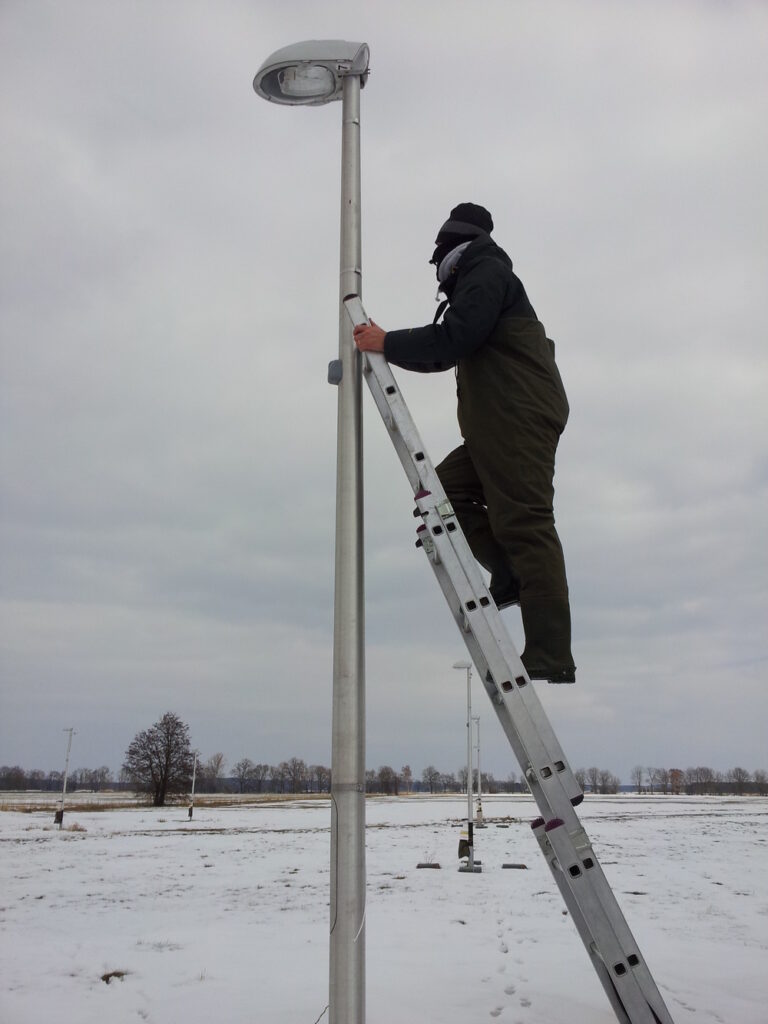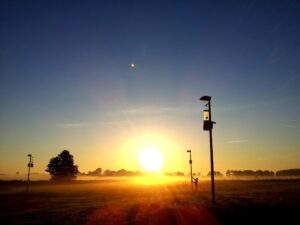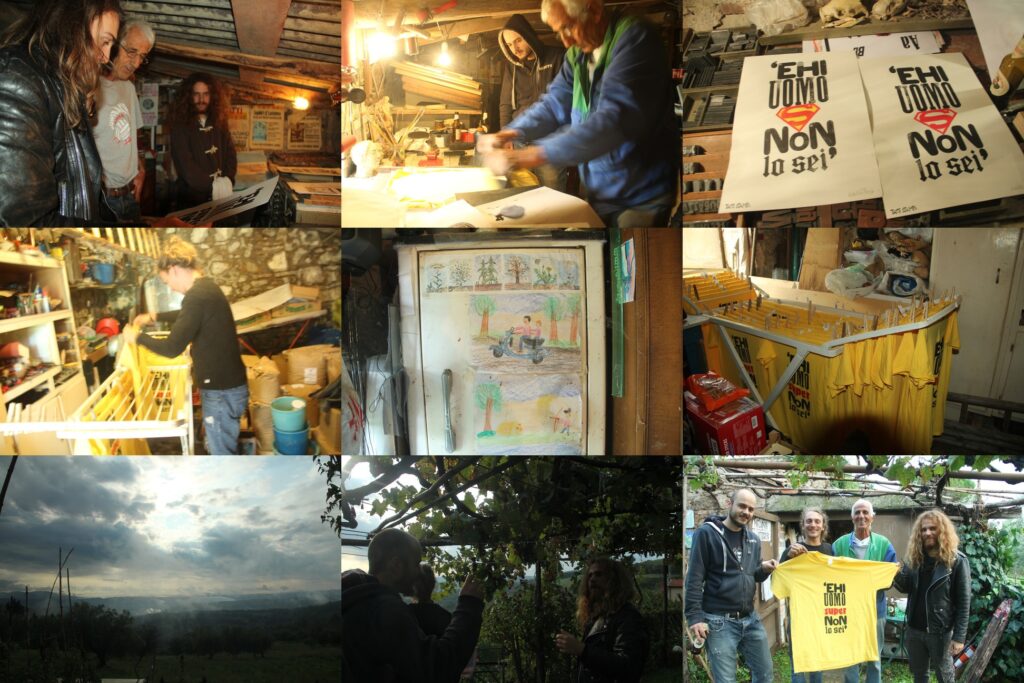Please note: not all the weekly newsletters issued in the past 23 weeks have been translated into English…you can still review most of the initiatives and events presented in the English version of the news.
With the presentation of the 2017 BuioMetria Summer Campaign and the “Earth Observation Open Science” conference in Frascati on Sep. 28 we close a long season. This started in mid-December 2016 with the first Farma Valley Winter Fest and went on with over 30 initiatives during the following months, combining events and other projects, with a special focus on training (including high school internships and an Erasmus+ traineeship).
An outlook for this was written in November 2016 with a short rhyme (in Italian).
Summing it all up, you can have an idea of the story in different forms. Before you choose one, please remember that, if you like this series, but still have not supported it, you are encouraged to do so (write to info@pibinko.org to learn more about the options).
1. A map
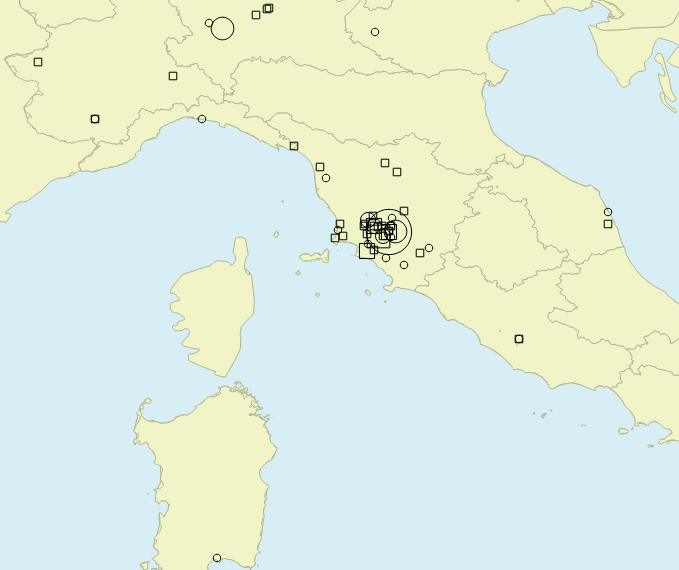 …where each symbol if the number of events at a location. The size of the symbol is proportional to the numbero of initiatives, with circles representing the pibinko.org/Attivarti.org activiies, and square representing other organizations with which we have collaborated as a minimum for their promotion.
…where each symbol if the number of events at a location. The size of the symbol is proportional to the numbero of initiatives, with circles representing the pibinko.org/Attivarti.org activiies, and square representing other organizations with which we have collaborated as a minimum for their promotion.
2. A mosaic
…composed by snapshot of the images posted in our News section.

3. Some videos
…in reverse chronological order, and mostly musical this year
4. Our “in the media” section
also in reverse chronological order
5. Browsing the actual calendar and news.
Calendar
News
Kudos
…from our team to all thos who contributed to make things work. This is too much a long list to be included here. In addition to subjects clearly identified in the events, I need to mention the Torniella and Piloni communities (and especially Mario Straccali, Claudio Spinosi, Andrea Bartalucci, Antonella Pocci, Giorgio Panerati) and Marian Pricop.
More in general, thanks to all those who followed with interest the activities which we developed, and who have been enticed by the situazion emerged from the “Valley that’s not there” in the past ten years.
October will be a quiet month, and we will be planning the next season in the meantime!
For more information: info@pibinko.org.
